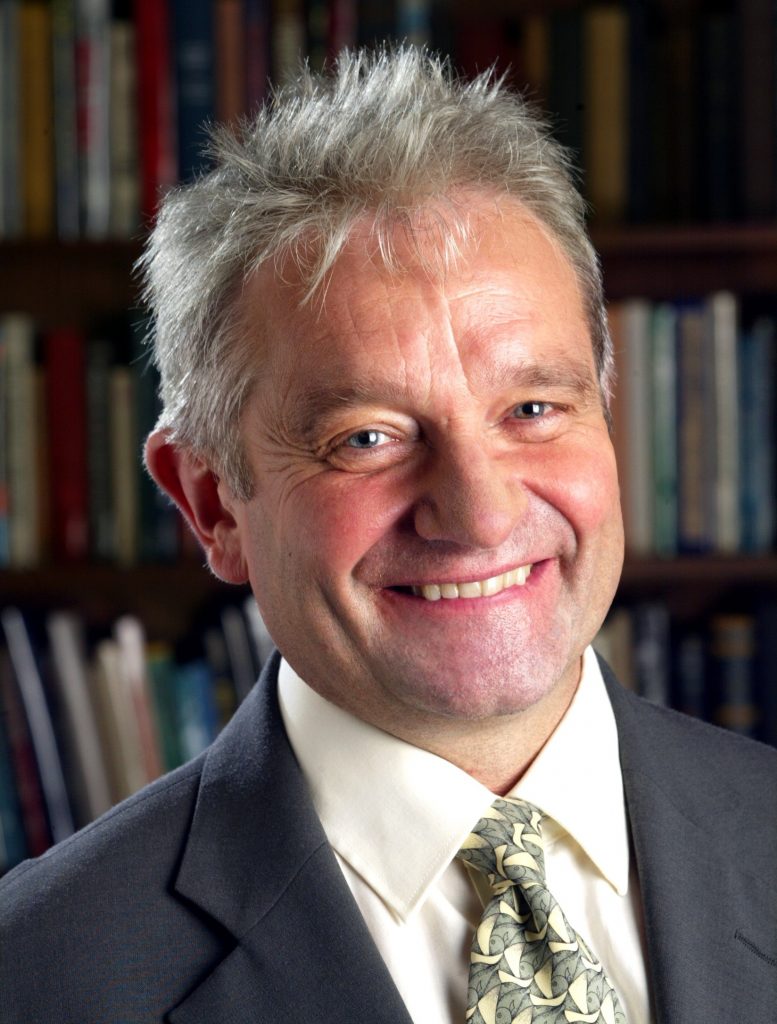
If you’re ever cringing at the thought of having to correct a paper, here’s a story that may help you work through that pain.
Paul Nurse shared the Nobel Prize in Medicine or Physiology in 2001. While holding posts at Oxford University, the Rockefeller Institute and elsewhere, and now as director of the Francis Crick Institute, he has continued doing research. And earlier this month, he corrected a 2017 paper in the Journal of Cell Science, “Screening and purification of natural products from actinomycetes that affect the cell shape of fission yeast.”
Here’s the correction notice:
There was an error published in J. Cell Sci. (2017) 130, 3173-3185 (doi:10.1242/jcs.194571).
In the above paper, we described the purification of a polyene from strain IS1 and identified it as a novel compound based on mass spectrometry data (published in Fig. 8B). We have been investigating this molecule in more detail and now believe, based on 1H NMR data, that it is identical to the known molecule fungichromin (also known as cogomycin, pentamycin and lagosin). The original identification of the molecule as novel was based on our interpretation of the ion at m/z=693.379 as a protonated ion [M+H]+, whereas we now believe that this represents a sodiated ion [M+Na]+.
In addition, this research was also funded by a grant from The Breast Cancer Research Foundation to P.N.
The authors apologise to the readers for any confusion that these errors might have caused.
We asked Nurse why he and his colleagues thought it was important to correct the paper:
Our paper described proof of principle experiments to demonstrate that visual screening of fission yeast for cell shape changes could be used to screen for biologically interesting natural compounds. We identified 149 activities in this screen and described in more detail four such activities. The four were characterised using mass spec, and with this technique three were shown to be previously described compounds whilst the fourth appeared novel. Our subsequent work showed that this fourth molecule had been previously described. As outlined in our correction, based on our original mass spec data we interpreted the ion as being protonated but our subsequent work indicated it was a sodiated ion.
We decided to issue a correction so readers were aware that this fourth compound had also been described elsewhere. This means that anyone interested in this compound would be able to link both the early study and our present study. This summarises our (my co-authors and myself) thoughts over this.
Of course, Nurse learned at an early age that failure wasn’t the end of the world. From a 2006 profile of him in The Scientist:
In Britain in the late 1960s, to get into university, you had to be generally educated, and that included being able to speak some sort of foreign language. The British aren’t very good at speaking foreign languages and I’m worse than most. I failed the most basic examination in French on six separate occasions. This actually led to my rejection from all universities.” An astute professor, however, read Nurse’s entire application and decided it might be worthwhile to give the lad a chance.
And he is hardly the only Nobelist who has had to retract or correct a paper.
Like Retraction Watch? You can make a tax-deductible contribution to support our growth, follow us on Twitter, like us on Facebook, add us to your RSS reader, sign up for an email every time there’s a new post (look for the “follow” button at the lower right part of your screen), or subscribe to our daily digest. If you find a retraction that’s not in our database, you can let us know here. For comments or feedback, email us at [email protected].
Well, if that was not a novel compound, would it be more appropriate to retract that paper, instead of a correction?
Is its novelty important? Seems like the point is that it affects cell shape.
You’re right. I thought they pretty much were reporting a novel compound.